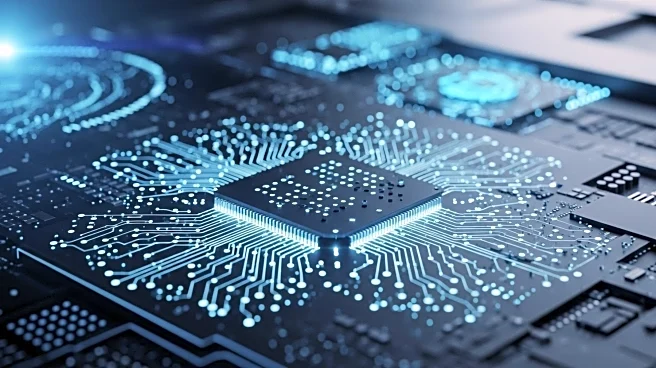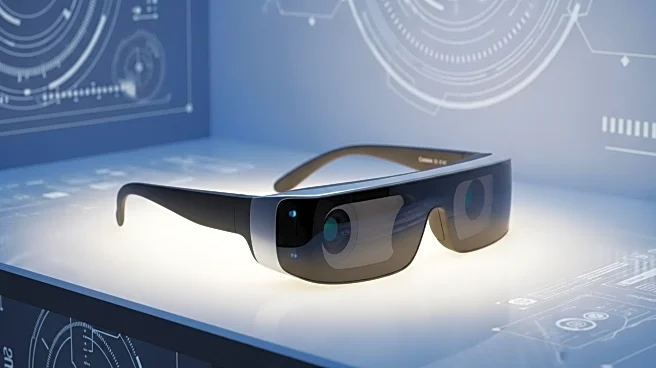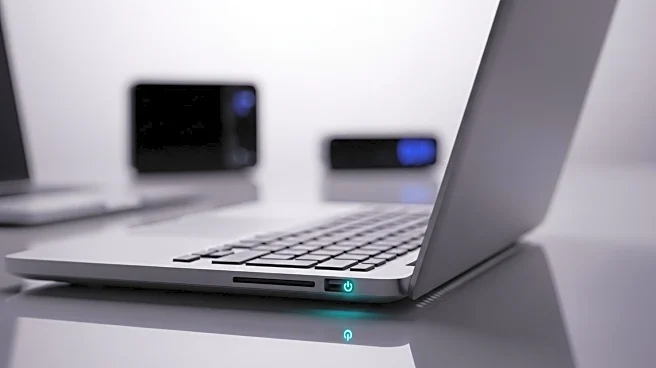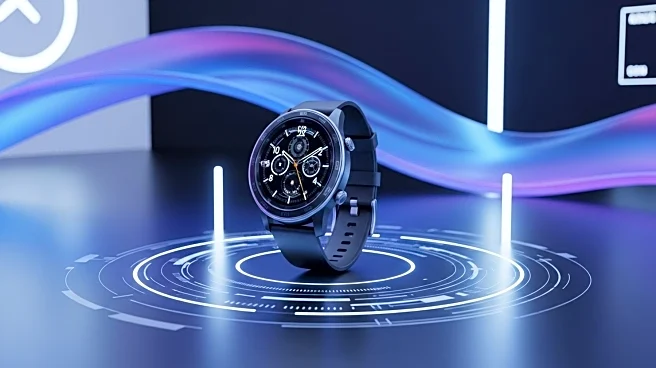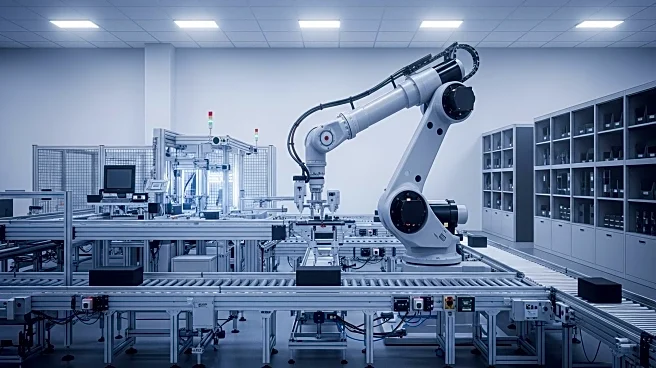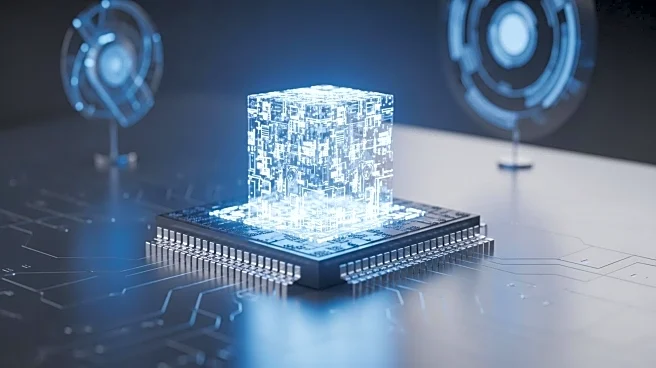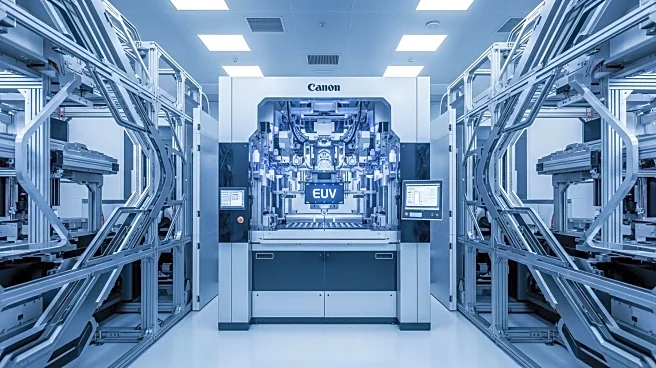What is the story about?
What's Happening?
Researchers have developed a new technology called an 'optoexcitonic switch' that could revolutionize electronics by eliminating waste heat. This switch uses excitons, neutrally charged quasiparticles, to transfer information without generating heat, unlike traditional electronic switches that rely on charged electrons. The breakthrough was published in ACS Nano and marks the first time excitons have been used to create a switch that surpasses current photonic switches in performance. The ultimate goal is to scale these switches into circuits that could replace current electronics, potentially leading to devices that operate without fans and have longer battery life.
Why It's Important?
The development of optoexcitonic switches could significantly impact the electronics industry by addressing the issue of waste heat, which is a major limitation in current computing systems. This technology promises to enhance performance while reducing the size of electronic devices, potentially leading to more efficient data centers and consumer electronics. The ability to operate without generating heat could also extend the lifespan of devices and reduce energy consumption, offering environmental benefits and cost savings for businesses and consumers.
What's Next?
Researchers aim to overcome challenges in scaling the prototype devices and finding new materials to fabricate these switches. If successful, optoexcitonic circuits could replace current electronics within decades, leading to massive reductions in size and improvements in performance. The team is optimistic about overcoming these challenges and believes that further advances in technology will enable the widespread adoption of this new class of electronics.
AI Generated Content
Do you find this article useful?




